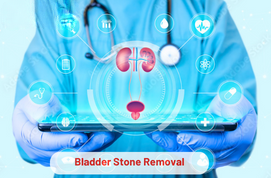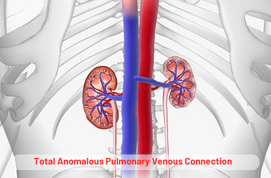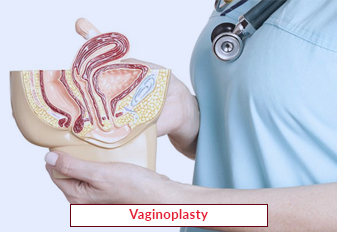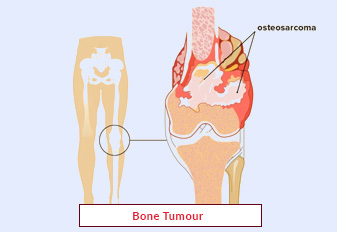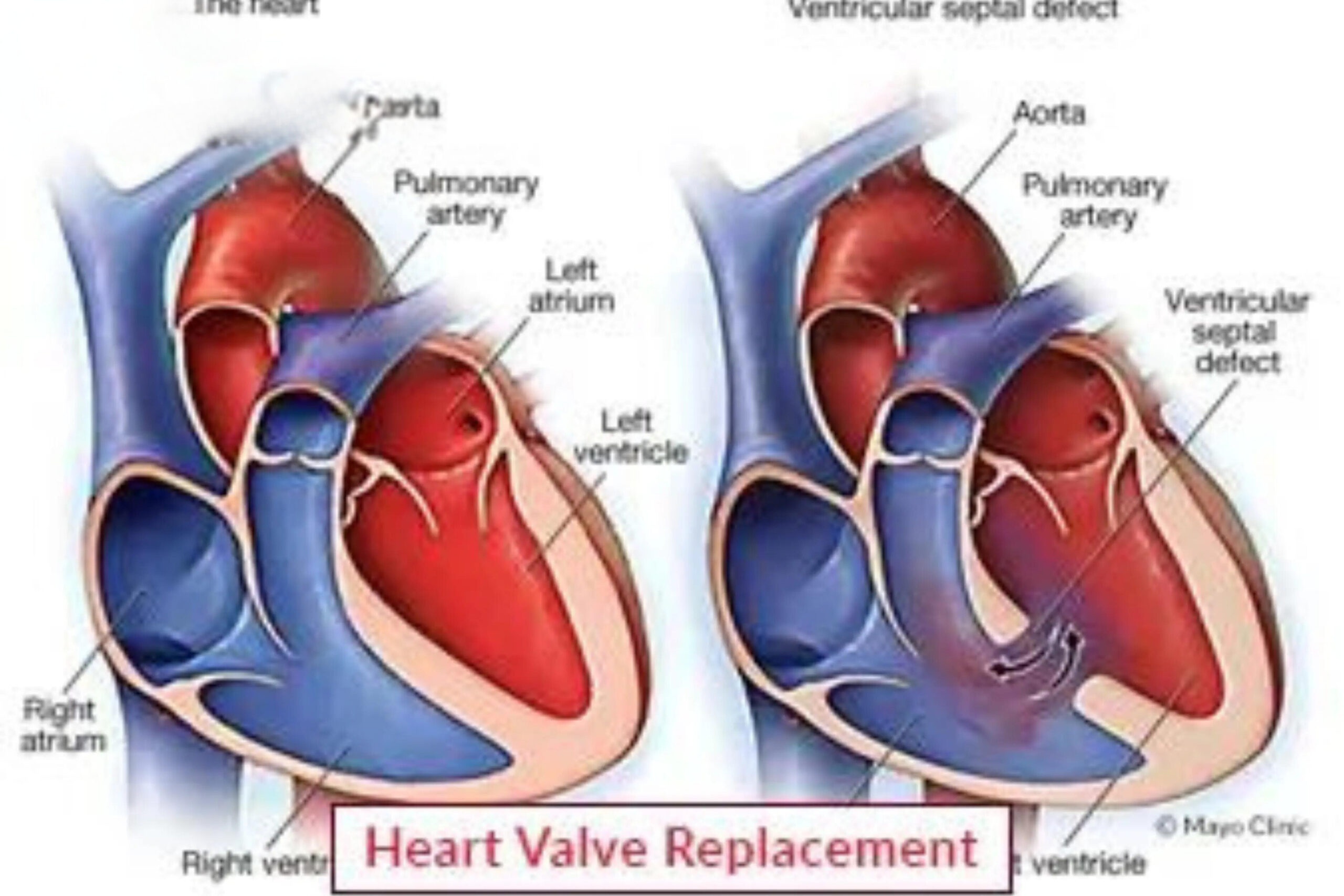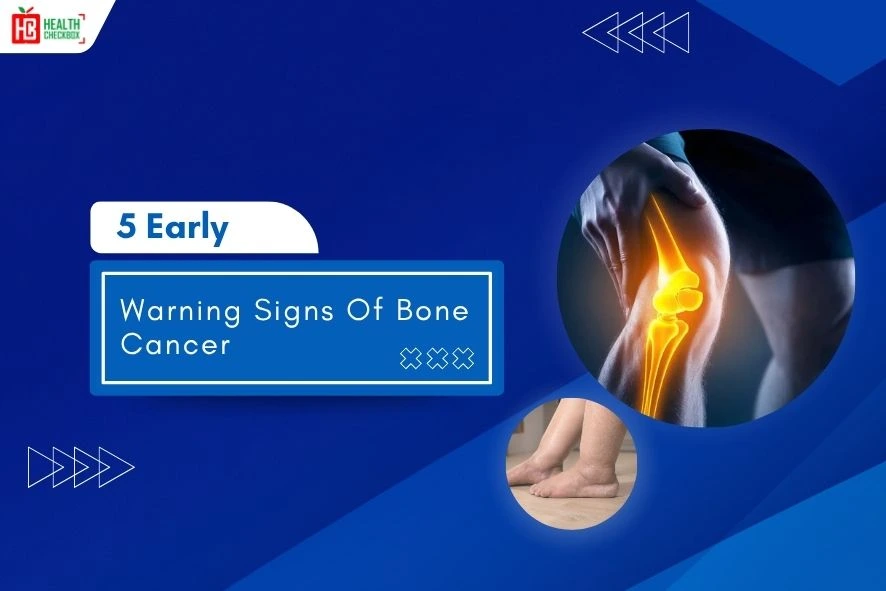Glaucoma is a chronic eye illness that harms the optic nerve. This nerve lies in the back of the eye, and this results in loss of eyesight and blindness. A buildup of fluid in the eye known as ocular hypertension causes this ill health. This increases pressure on the optic nerve, and finally damages it. The primarily objective of glaucoma surgery is to relieve pressure inside the eye. This medical process typically lasts for 1 to 2 hours.
Types of Glaucoma
Glaucoma procedure can be incision type or laser type. Common laser surgeries include:
- Laser Trabeculoplasty: It is a non-invasive medical procedure. Eye pressure is reduced here.
- Laser Iridotomy: It is a laser technique used to treat narrow-angle, closed-angle, or pigmentary glaucoma. A tiny hole is created in the iris to allow normal drainage and lower eye pressure.
Benefits of Glaucoma Surgery
The success rate is normally high with this procedure. The main benefits are as follows:
- Reduction in eye pressure that prevents optic nerve damage.
- Preserving the eyesight of the patient.
- Many people can reduce or discontinue their long-term glaucoma drugs following surgery.
Risk Factors of Glaucoma Surgery
Some of the risks encountered after surgery include:
- Sensitivity to light
- Chronic irritation and inflammation of the eye
- Infection
- Bleeding
- Loss of eyesight
- Need for more surgery
- Intraocular pressure (IOP) can change after surgery. This can lead to further complications like hypotony.
People who smoke or have any of the following conditions, are more likely to experience complications that include:
- Type 2 diabetes
- High Blood Pressure
- Heart and lung illness
- Bleeding Disorder
Glaucoma Treatment Procedure
The steps in a typical glaucoma surgical procedure include:
- Anesthetic Agent: The first step is to make the area numb. It is done by the use of local or all-purpose anesthesia. The surgeon may recommend the agent.
- Incision: The surgeon will make a small cut in the eye. It will enable access to the trabecular meshwork or other drainage structures.
- Placement of the Drainage Device: For implanting the glaucoma drainage, the surgeon will insert and fix it in the eye. In trabeculectomy, a small flap in the sclera is created. This removes a small section of the trabecular meshwork to allow fluid to drain out of the eye.
- Laser Surgery: A procedure that makes use of a laser. The eye’s drainage tubes are opened or a hole is made in the iris.
- Closure: After the operation is completed, the physician will close the incision with microscopic stitches or self-sealing wounds.
- Recovery: Once the medical procedure is done with, the patient may feel slight discomfort and sensitivity to light. Also, he or she may experience impaired vision. The patient must make sure to take eye drops. And refrain from touching his or her eyes.
Home Remedies for Glaucoma Patients
Certain glaucoma home therapies can help control effectively the condition, and these include:
- Daily Exercise: Exercises, when done in moderation can help decrease ocular pressure. These include walking, swimming, and cycling.
- Healthy Diet: Taking a diet high in fiber and omega-3 fatty acids will benefit your health. You can include greens, salmon, and nuts in your diet to promote overall eye health.
- Decrease in Caffeine Intake: Limiting caffeine intake can help prevent short-term IOP rises. Consistent use of prescription eye drops and medications. It helps manage eye pressure and prevent development.
Cost Details of Glaucoma Surgery
When going ahead with the surgery, the main consideration that include are:
- The type of surgery
- Severity of the patient’s eye health conditions.
- The surgeon’s expertise, and
- Geographic location.
If the patient requires additional treatments, the cost of surgery may increase. This surgery is quite affordable in India, when compared to treatments in western countries. It costs between INR 30,000 to 55,000 if one wants to opt for this surgery in India.
Our Other Services
Latest Health Tips
Can Immunotherapy Cure Stage 4 Lung Cancer?
Early Signs of Cervical Cancer
Foods that Kill Cancer: Leafy Vegetables, Grains, & More
What Stage of Cancer is Immunotherapy Used For?
Which is Worse for Cancer, Sugar or Alcohol?
Vaccines That Prevent Cancer
What Kills Cancer Cells in the Body Naturally?
5 Early Warning Signs of Bone Cancer
Submit Your Enquiry
Testimonials









